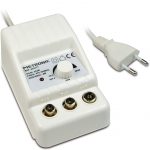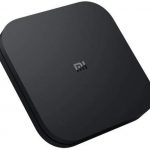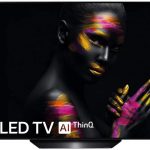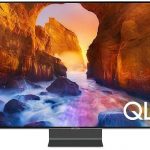Many years ago, only the wealthiest families had a television. In fact, my parents have come to tell me that the neighbors came to the houses of the lucky owners of a TV to see what was so modern. Nowadays that sounds funny, since there are one or even two TVs in every house. From the old fat tube TVs, it went to plasma, then LCD and, although they have already been improved, to a OLED TV of which in this article we will tell you all the secrets.
Best OLED TVs
| The best |

|
LG OLED65C34LA 65", 4K... | See features | 117 reviews | View deals |
| Price quality |

|
LG OLED42C34LA 42", 4K... | See features | 2 reviews | View deals |
| Our favorite |

|
LG OLED42C44LA, 42", OLED... | See features | View deals | |

|
LG Smart TV... | See features | 1 reviews | View deals | |

|
Philips 4K OLED Ambilight... | See features | 453 reviews | View deals | |

|
LG OLED55B36LA 55", 4K... | See features | 35 reviews | View deals |
LG OLED55CX-ALEXA
This LG OLED TV has everything you might need on your living room TV, starting with its 55-inch size where you can enjoy all kinds of content. Have 4K resolution, which will make everything compatible look its best, and includes support for HDR, Dolby Vision / ATMOS.
It is a smart TV with the company's own operating system, a WebOS that includes applications of all kinds, such as Netflix, Disney +, Movistar + or even Plex. Furthermore, it is assistant compatible like the LG Thinq AI, Alexa or Google Assistant. It includes the powerful a9 processor that will make everything move with ease.
LG OLED55B9S-ALEXA
If what we are looking for is a slightly cheaper model than the previous one, we are interested in something like the OLED55B9S-ALEXA from the same company LG. It offers us the same 4K resolution, 55 inches and compatibility with 100% of HDR formats (Dolby Vision, Technicolor, HDR10, HLG and HDR Converter), but it is an inferior model that includes a7 processor, and not the a9 of its older sister.
It is also a smart tv with WebOS operating system, the one developed by LG that allows us to enjoy Amazon Prime Video, Netflix, HBO or Plex, but it will make everything a little slower by including a more discreet processor.
Philips 55OLED855 / 12
This 55-inch proposal from Philips is another Smart TV with 4K resolution, HDR compatible and other functions that make it interesting, such as some smart LEDs that create a glow of light and that visually enlarge the screen, but it has something that I personally like something more.
The operating system included in this smart TV is Android TV, much more powerful than other operating systems that include some LG or Sony televisions. In addition to being able to install hundreds of apps from the official Google Play, it is also compatible with Alexa or Google Assistant.
SonyKD-65AF8
If we are looking for something bigger, Sony offers us its 65-inch KD-8AF65 with 4K resolution. It stands out for its size and for offering good sound, like the vast majority of Sony televisions, but also for being compatible with Alexa, the assistant and its home automation functions.
The other point for which it stands out, or one of those that a server likes the most, is that it is powered by the Android TV operating system, which will allow us to access thousands of applications on the official Google Play store and open ourselves to a world of possibilities. The connectivity that it includes will allow us to connect a mouse or a controller to enjoy compatible Android games.
Panasonic TX-55FZ800E
If energy efficiency and the environment are important to us, we may need to purchase something like the TX-55FZ800E. Has a 55-inch OLED display with 4K resolution, so we can see any content with the best quality.
According to Panasonic, the OLED screen included in this model is capable of reproducing moving images to perfection, thanks to its almost non-existent Motion Blur, and has a wide color spectrum in which, as in all OLEDs, it stands out for its blacks. more pure.
What is OLED

OLED is the acronym for Organic Light Emitting Diode, which in Spanish translates as Organic Light Emitting Diode. Although the word "diode" appears in the name, they are better known as "pixel", and OLED screens are capable of lighting themselves without the need to receive light from outside. They are famous for offer the best blacks, since its pixels can be turned off completely and what they will show will be a black that we cannot see on another type of screen. In addition, the pixels that are turned off do not consume power. Although they have been used a lot in displays, they can also be used in all kinds of lights, such as decorative ones.
How does it work
OLED is the acronym for Organic Light Emittig Diode, which translated into Spanish would be Organic Light Emitting Diodes. They are past, present and future of technology, and were an evolution of the LED that does not include metals or semiconductors, but are created from organic materials such as plastic or PET. Each of them is composed of: substrate, anode, conductive, emitting and conducting organic layers and then a cathode.
OLED panels can emit light without relying on an external light sourceThanks to the aforementioned organic diodes, which are semiconductor electronic components that allow and control the passage of electric current in a single direction. The diodes used by OLED panels can react to electrical stimulation by emitting light, making it a self-emitting technology.
Advantages of an OLED TV

- Lower cost of manufacture, if we compare it with LCD or Plasma panels.
- They are light. OLED panels are light compared to LCDs.
- Can be deformed. When the technology hit the market, it was doubted if it was going to be possible, but yes, it is. We can see curved OLED TVs, to improve the image if we are looking at them from the front, or even have rounded edges.
- Improved image quality over previous generations.
- Thinner panels.
- Much better response time.
- Purest blacks.
- Lower consumption or better autonomy, especially when using black backgrounds; switched off pixels do not consume power.
But you have to keep a couple of things in mind, like that deteriorate over time or that new technologies have already emerged, such as QLED, which improve OLED TV in practically everything, including a lower price. Where an OLED screen will always win is in the purity of blacks. And be careful with humidity: if water comes into contact with a diode, it will stop working. It is not usually a big problem, since manufacturers take this into account and perfectly seal this type of panel, but it is better to put OLED TVs in places away from water and humidity in general.
OLED vs. QLED

If we put an OLED TV and a QLED TV face to face, there are points where one type of screen stands out and points where the other stands out. In general, something logical if we consider that it is more modern technology, a QLED TV is a better choice with respect to OLEDs and all the others, but not for everything:
- QLED displays are cheaper.
- QLED displays last longer, since their technology does not deteriorate or deteriorates very little over time.
- QLED uses a technology that allows it to deliver a brightness that is twice that of OLED screens.
- Colors, except for blacks as we will explain later, are better and offer better contrast on QLED displays.
- When it comes to viewing angles, they both look pretty much the same.
- In Motion Blur, OLED displays offer better results.
- Blacks are purer on OLED screens.
- OLED displays consume less power. This is something that has always been said but, to be true, you have to show black backgrounds.
Therefore, in a battle between OLED and QLED screens, QLEDs would win, unless we are interested in those pure black colors, those Motion Blur effects or let's use them as a monitor with an operating system with black colors that allow you to save energy.
Features of an OLED TV
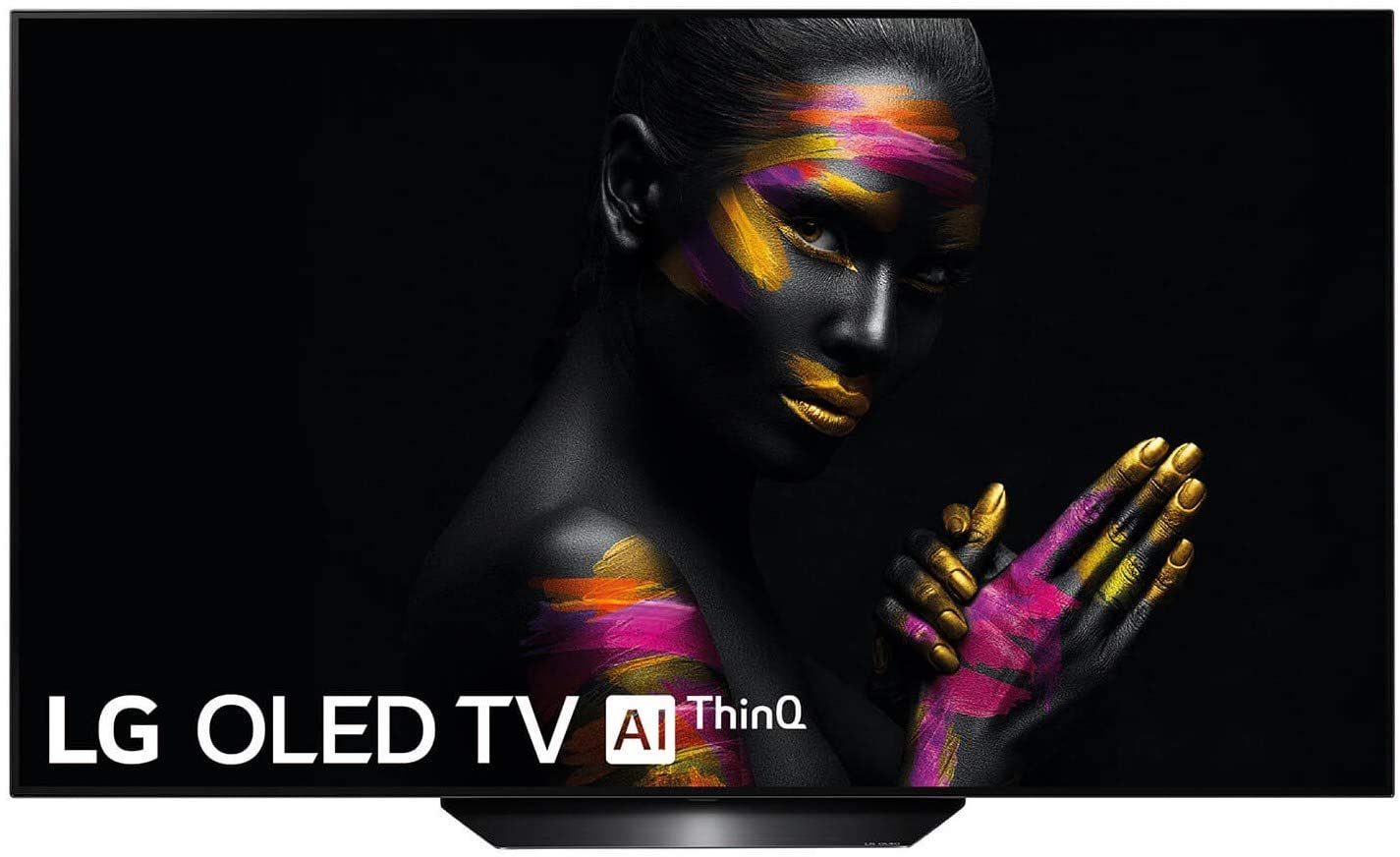
Keep in mind that OLED is a technology that has already been around for a few years, so some of its features that are included below are good, but they have already been improved.
HDR
HDR stands for High Dynamic Range, High Dynamic Range translated into Spanish. The first time that many of us saw these acronyms was in smartphones, specifically in their cameras, being a then new function that made the enhanced contrast. Later, HDR also began to spread and reached the screens, being treated in a way that seeks to cover the widest possible range of exposure levels in all areas of the image.
HDR is an image processing option. Sometimes there are images where we see areas with very different lighting. When we are going to take the photo, we can choose an exposure depending on the area that we want to highlight better. The HDR we would allow all areas to be properly exposed, although some are much darker than others. Therefore, everything would look good, although the image might not be true to life. So it is good that the option exists, but that it is one that we can deactivate if we wish.
Better audio quality
In general, OLED screens are high-mid-range televisions that include good sound systems, such as speakers that offer 3D sound.
Motion blur almost non-existent
Motion Blur is a trace that can be found in the passage from one image to another. This trace may appear on some screens, but on OLEDs it is virtually nonexistent, so much so that it improves that of a more modern generation such as QLED screens.
Better refresh rates
OLED displays offer the best refresh rates, such as 120Hz which, together with the almost non-existent Motion Blur, makes them perfect for watching all kinds of content, such as video games, movies or watching sports.
Deformable
OLED displays they are deformable. That means that looking a little we can find a TV that would roll up like the canvas we use with a projector. There are also models that are curved on demand so that whoever looks at them from the front gets the best field of vision. This also allows them to have the best designs, something perhaps not so important on televisions, but always important on mobile devices or wearables.
More powerful processors
OLED TVs are usually high-mid-range TVs, in part because they are more expensive than previous models. Sometimes, this means that they are FHD or 4K, and to move all the information of that resolution it is necessary a somewhat more powerful processor. These processors will also make the operating system, if included, run more smoothly.





